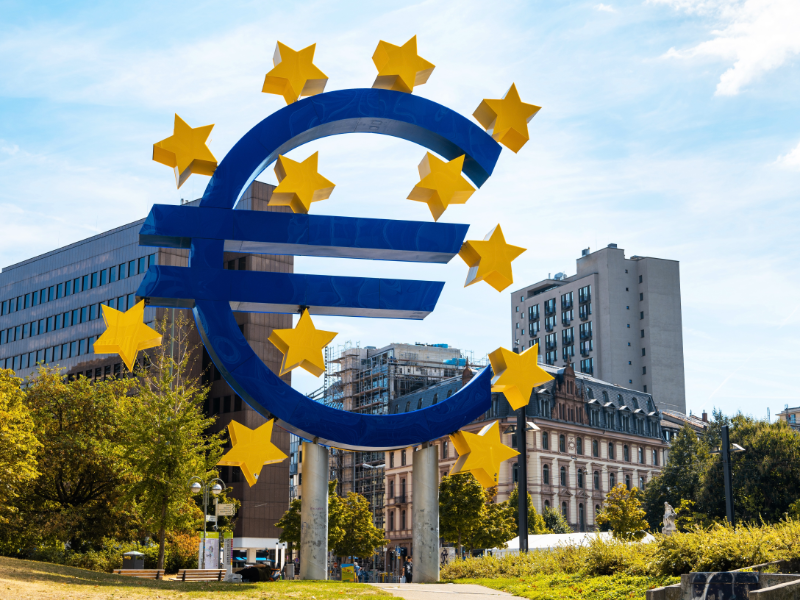- The ECB has updated its digital euro rulebook, selected providers, and initiated user research, with findings to be published in mid-2025.
- The ECB is collaborating with stakeholders to test conditional payments and develop a methodology for holding limits, with decisions on the next phase due by the end of 2025.
What happened: Digital euro
The European Central Bank (ECB) has released its second progress report on the digital euro, marking significant steps in its potential launch. Since the first report, the ECB has updated its digital euro rulebook to standardise payments across the euro area. It has also concluded a call for applications to select providers for digital euro components and services, with tenders to be finalised next year.
New user research and experimentation have begun, focusing on small merchants and vulnerable consumers. These findings will be published in mid-2025 to guide further decisions.
The ECB is partnering with stakeholders, including merchants, payment providers, and fintech firms, to test conditional payments and explore other digital euro use cases. Meanwhile, it is collaborating with national central banks to develop a methodology for setting digital euro holding limits. Testing will begin in 2025.
A decision on advancing to the next phase will be made by the end of 2025.
Also read: European Central Bank trial to explore DLT for wholesale transactions
Also read: Europe’s Digital Services Act applies in full from February 18
Why it is important
The release of the European Central Bank’s (ECB) second progress report on the digital euro marks a crucial milestone towards its potential launch. The ECB updates the digital euro rulebook to harmonise payments across the euro area. This will, in turn, improve efficiency and consistency in the region’s payment systems. Furthermore, the ECB has concluded its call for applications and selected providers for essential digital euro services. It plans to finalise the tenders next year.
User research, focusing on small merchants and vulnerable consumers, ensures that the digital euro will cater to diverse needs. The findings, due in mid-2025, will play a key role in guiding future decisions and ensuring inclusivity in the project.
Partnerships with merchants, payment providers, and fintech firms are vital for testing new use cases, such as conditional payments. Additionally, the ECB’s collaboration with national central banks to set holding limits is another important step. Ultimately, the ECB will make a decision on the next phase by the end of 2025. This move will significantly shape the future of digital currency in Europe.

